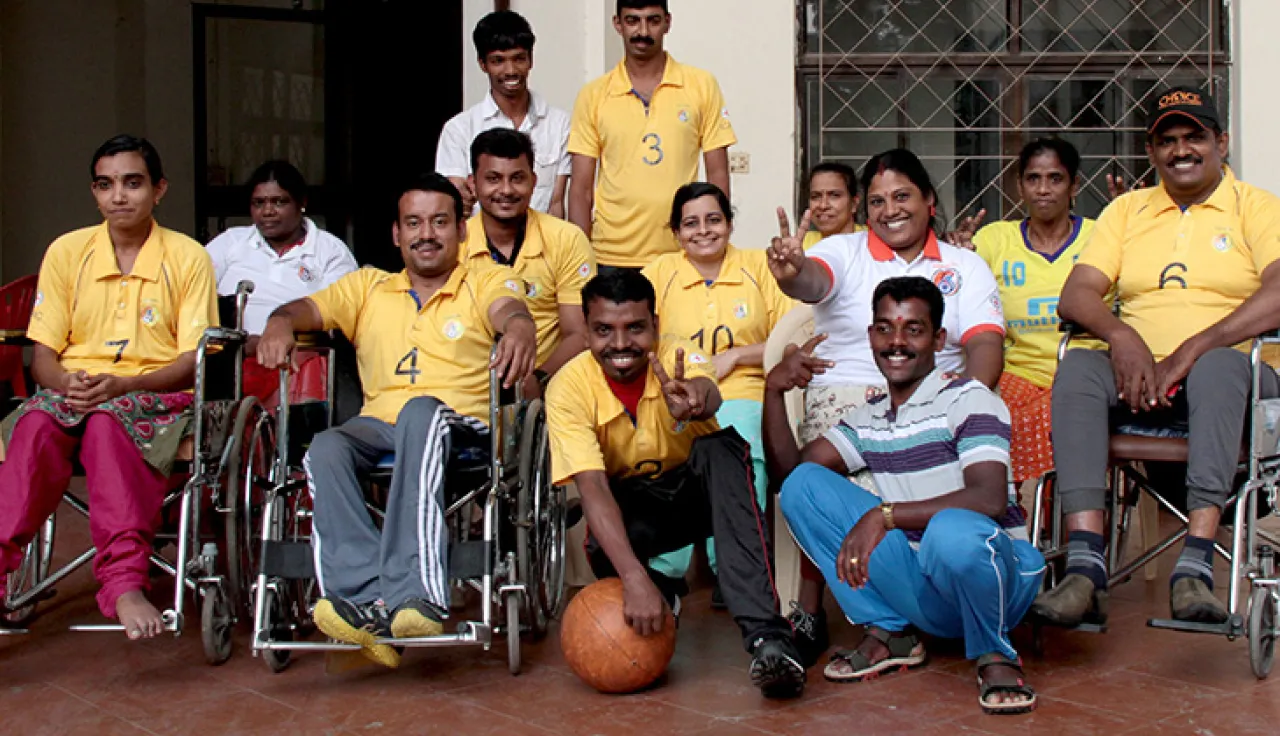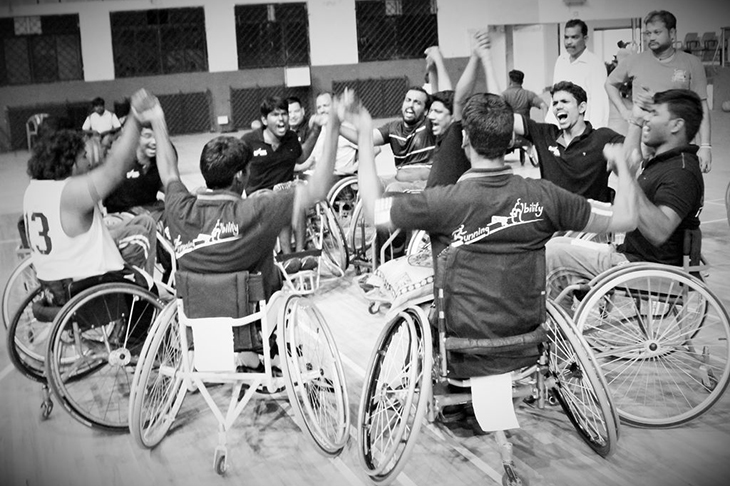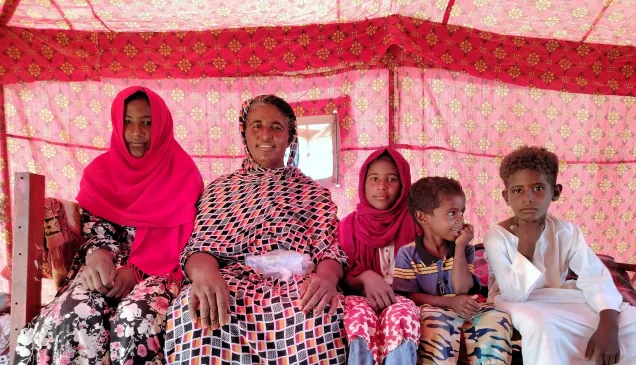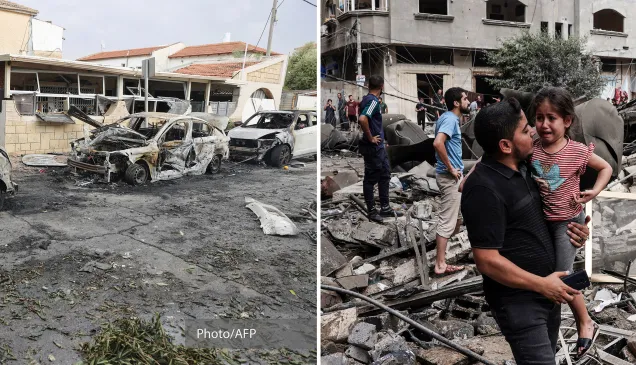India: Changing perceptions of disabilities

With an infectious smile, Alphonsa sits in her wheelchair rotating a ball in her hand. Standing next to her is her husband, who has stood by her like a rock and not allowed this physical limitation to weaken the strength of their relationship. She had seen people with disabilities play wheelchair basketball on television but never dreamt of playing the game some day with trained players.
Emotions obviously ran high as she rolled her wheels into the basketball court for the first time. Her husband whistled and applauded each time she grasped the ball and wheeled past other players. For Alphonsa Thomas, resident of Tharuthal village of Idukki district in Kerala, the thrill of playing basketball was comparable to climbing the Everest.
Like Alphonsa, there were many stories of hope and positivity that accompanied the first ever National Wheelchair Basketball Championship held at Jawaharlal Nehru Indoor Stadium, Chennai in December last year. Ten teams from six Indian states battled their way through the championship, in what was a display of extraordinary courage and brilliance by players with disabilities.
Jointly organized by the Wheelchair Basketball Federation of India, Choice International, UK, and the ICRC, the championship was preceded with training workshops conducted by international experts across several Indian cities. Aimed at using sports as a tool for social inclusion for people with disabilities, the championship saw many, like Alphonsa, travel from remote areas on self-sponsored trips to Chennai just to play the game for the first time in their lives.
Robertangelo Ciccone, the ICRC's Physical Rehabilitation Project (PRP) Manager, says, "Disability and sport as a means for social inclusion play two main fundamental roles. It's the greatest motivator for wheelchair users to rediscover their own strength and give new meaning to their life. It's also a catalyst for society to change their perceptions of disabilities by overcoming social, cultural and geographical barriers."

While the organizers plan to find ways to take wheelchair basketball to the next level, the ICRC's PRP in India continues to contribute to social reintegration into society of people with disabilities. Throughout 2014, the ICRC implemented several activities to increase the accessibility to services for this group of citizens, which included the provision of 650 prostheses, 3,592 orthoses, 304 wheelchairs and 1,655 pairs of crutches, as well as physiotherapy for 5,786 persons. A total of 31,256 people benefited from various services at ICRC-assisted centres in India, including physical rehabilitation centres at the Bone and Joint Hospital in Srinagar, the Government Medical College in Jammu, the Voluntary Medicare Society in Srinagar and the Physical Rehabilitation Reference Centre in Raipur.
Additionally, the PRP in India is now being shaped to enhance accessibility of people with disabilities to affordable quality treatment, provision of mobility device, physical rehabilitation services and to implement projects as per the priority of the Department of Empowerment of Persons with Disabilities, Ministry of Social Justice and Empowerment, Government of India.
Globally, the ICRC's physical rehabilitation activities have diversified and expanded to various parts of the world since 1979, as the organization has worked to remove barriers hindering access to appropriate physical rehabilitation services. Until 2013, the ICRC's physical rehabilitation programme provided support to over 163 projects (centres) in 48 countries and one territory.
Since 1979, large numbers of individuals have benefited from physical rehabilitation services undertaken with the assistance of the ICRC, such as the provision of 417,809 prostheses, 521,795 orthoses, 43,143 wheelchairs, 436,758 pairs of crutches, physiotherapy, and follow-up (repair and maintenance of devices).The ICRC seeks to do more to integrate people with disabilities in the workforce within the limits imposed by the duty of care towards staff, and constraints linked to the operational context and the position.
While all of that is happening elsewhere, Alphonsa is back in her village, bubbling with confidence ready to take on the world in a new way.



